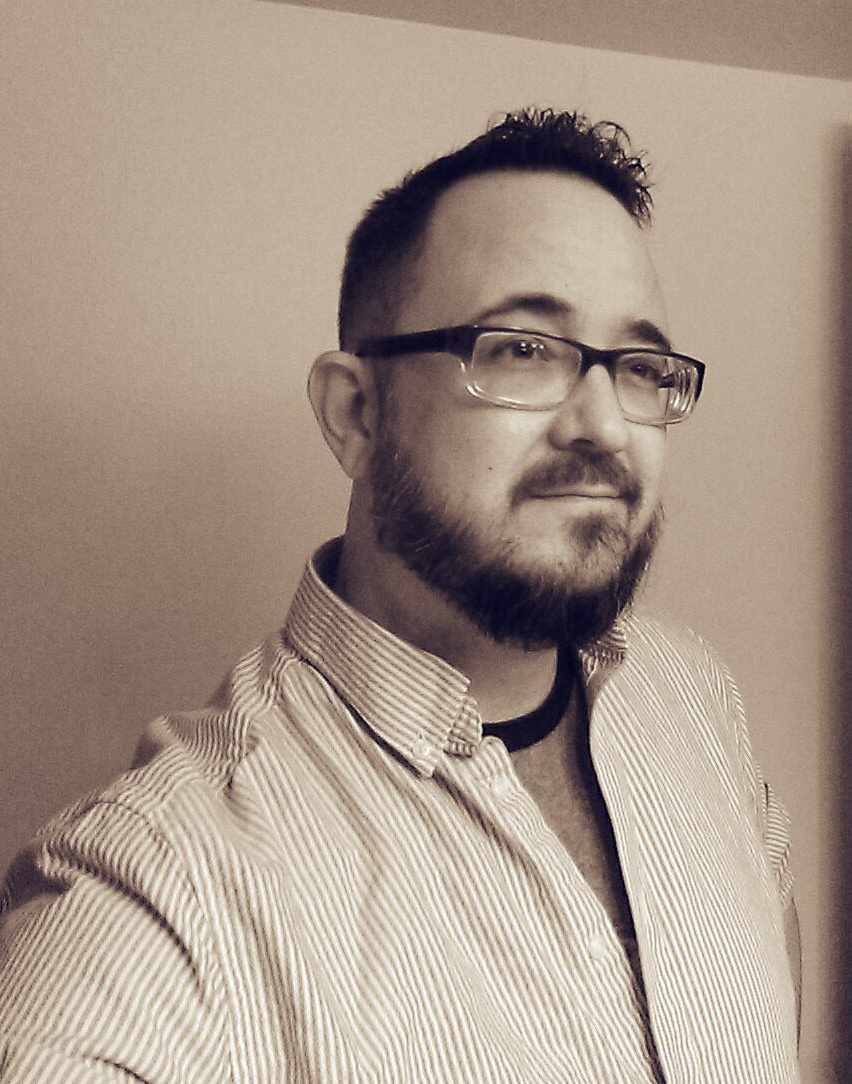The Social Construction of Reality – Berger & Luckmann
Berger, Peter L., Thomas Luckmann, and Texas Tech University. Institute for Studies in Pragmaticism. The Social Construction of Reality: A Treatise in the Sociology of Knowledge. Anchor Book. New York: Doubleday, 1967.
“Man’s consciousness is determined by his social being.” – Marx
I open this post with the Marx quote because of its direct relevance to this topic, but also to address the debates that have occurred over what he was actually saying in this line. Early Marxism tended to identify this thought with economic structure and the reflection of it. However, Marx intended a more human analysis. “What concerned Marx was that human thought is founded in human activity… and in the social relations brought about by this activity. ‘Substructure’ and ‘superstructure’ are best understood if one views them as, respectively, human activity and the world produced by that activity” (6).
At this point in my readings and research, I am entering into social theory, beginning with Berger and Luckmann’s text on the social construction of reality, which delves into much of the detail behind the idea that reality is socially constructed. This is to say that our individual realities are formed by our societal cultures. For example, what is real for a Japanese businessman might not be real for an Irish farmer. It is like Pascal’s line about what is truth on one side of the Pyrenees is error on the other.
Before proceeding, I must note that some readers here may already by itching to pin me down or engage in a/the discussion of questions such as “what is reality?” “what is really real?” and “how is one to know it or prove it?”. While this is certainly an engaging and interesting discussion and one I genuinely like to discuss and ponder, it is a philosophical and theoretical inquiry and one that is tangential to my study. I am not seeking to answer any such questions. My interest in and discussion of reality is sociological and rhetorical, relating more to its formation from knowledge. It is a consideration of the reality formed by a certain sort of communication action within a certain setting, more specifically, of the knowledge that guides conduct and perception within that setting.
This social construction of reality is really about the social construction of knowledge, since the knowledge that one obtains through experience and discussion with others–which is still an event defined by experience–is reality for that individual. Obviously, this is a subjective reality, but one that informs the individual’s ideologies, which in turn affect what he or she gives back to the body of knowledge, thus becoming a subjective reality more widely experienced by others and potentially part of a larger, verifiable objective reality.
To help understand this concept, Berger & Luckmann put forth the following definitions:
Knowledge: [T]he certainty that phenomena are real and that they possess specific characteristics.
Reality: [A] quality appertaining to phenomena that we recognize as having a being independent of our own volition (we cannot “wish them away”).
My study places the construction of reality in the rhetorical situation (transactional rhetoric), that is to say that our realities are formed through our interactions and conversations with other individuals. In the survey I use for student data collection I do ask of their experience with online video, which shapes to some extent their experience in the rhetorical situation of the OVC. However, I do not go into great depth as to that previous experience. Since my study is looking at how students interact in a specific rhetorical situation and find out their perceptions of that setting, it does relate to the social construction of knowledge and, by extension, reality.
While I will be working under the premise that reality and knowledge are social constructs, understand that my study will not consider the larger societal conditions (e.g. socio-political, economic, cultural, etc.) that affect the rhetorical setting and the knowledge and realities formed within it. Rather, the social setting in this case is that of an asynchronous, online class in which students interact closely albeit never FtF (except in the rare occasions they may decide to meet outside of class). So, this aspect of my study considers how students operate and interact (substructure) in this social setting and how it informs their perception of the individuals with whom they are communicating (superstructure).
